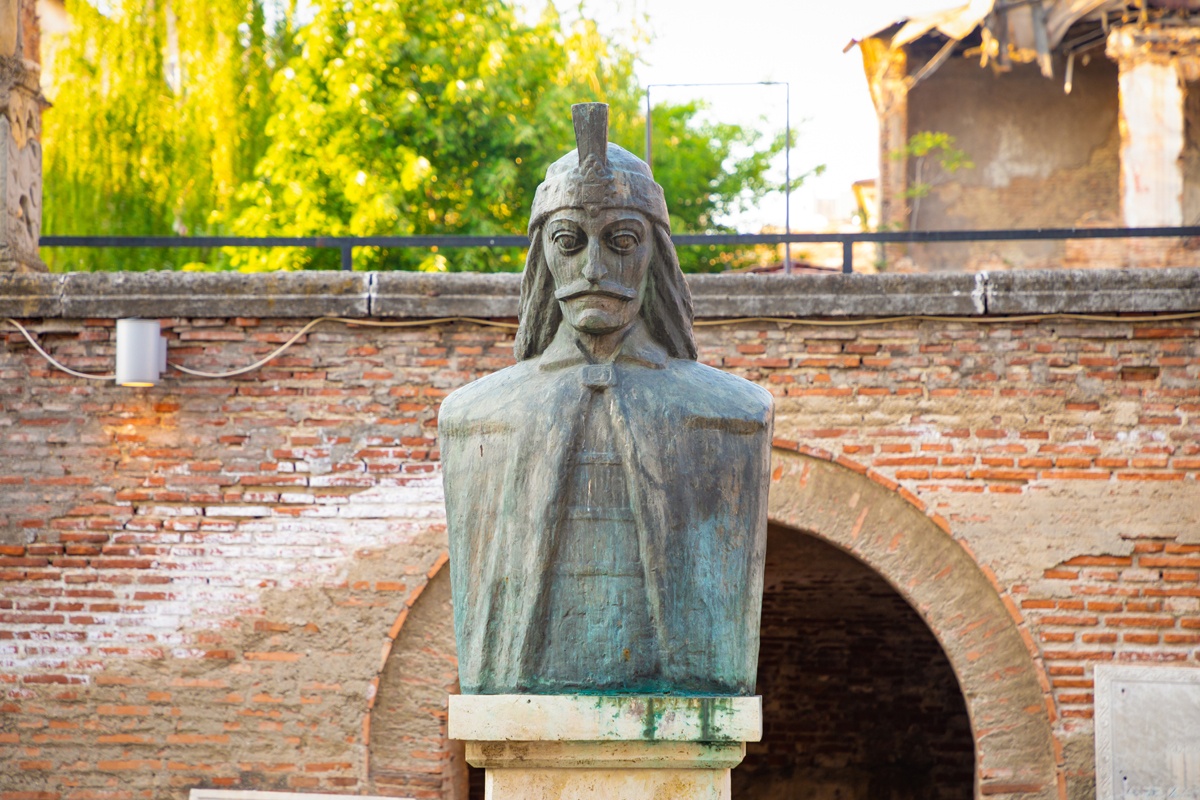
Vlad Tepes, the prince who inspired the legend of Dracula
Vlad Tepes was a prince of Wallachia, an ancient principality located between the Carpathians and the Danube, who ruled three times between 1448 and 1476. His name means Vlad the Impaler, because of his habit of punishing his enemies with this cruel method of torture. He is also known as Vlad Dracula, for being the son of Vlad Dracul, who belonged to the Order of the Dragon, a military society created to defend Christianity against the Ottomans.
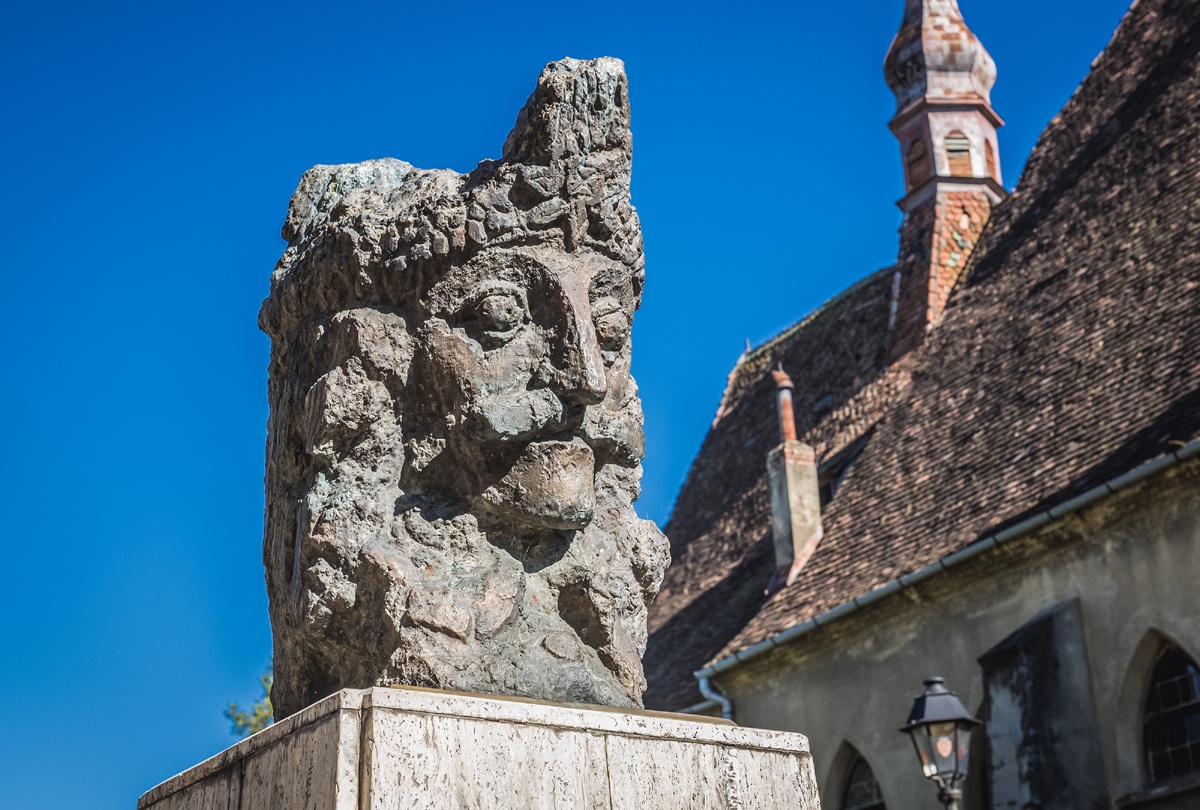
Born in the 15th century
Vlad Tepes was born between 1428 and 1431 in Schässburg, near Wallachia. His father was assassinated in 1447 by the boyars, the local nobility, who supported the king of Hungary. Vlad and his brother Radu were given as hostages to the Ottoman Sultan Murad II to guarantee their father’s loyalty. There they received a military and religious education, but also suffered mistreatment and abuse.
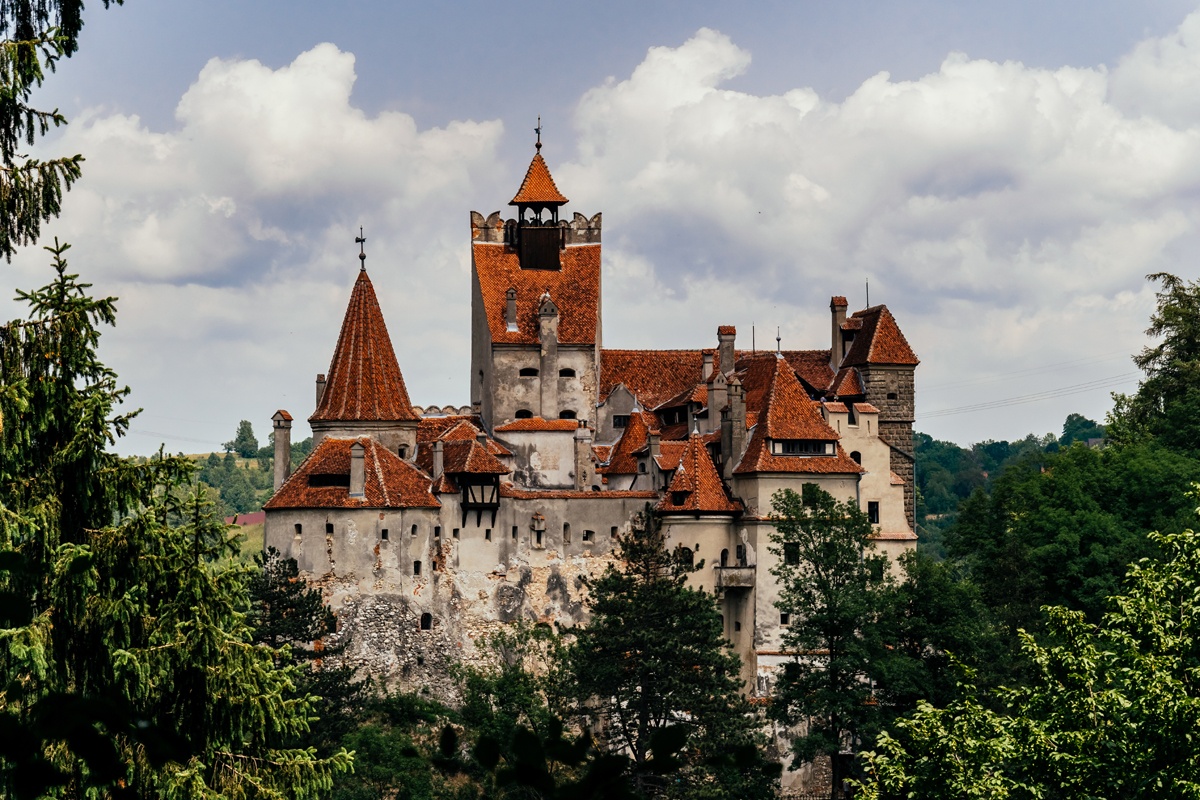
Had thousands of people executed by impalement
In 1448, Vlad took advantage of a Hungarian invasion to occupy the throne of Wallachia with Ottoman support, but was expelled a month later by his cousin Vladislav II. He took refuge in Moldavia and then in Hungary, where he married a noblewoman named Justina Szilágyi. In 1456, he returned to Wallachia with the backing of the Hungarian king and defeated Vladislav II. Vlad then initiated a policy of reform and repression against the boyars and Transylvanian Saxons, whom he accused of treason and conspiracy. He had thousands of people executed by impalement, beheading or burning them alive. He also confronted the Ottoman Empire, to which he refused to pay tribute and which he attacked on several occasions, causing thousands of casualties.
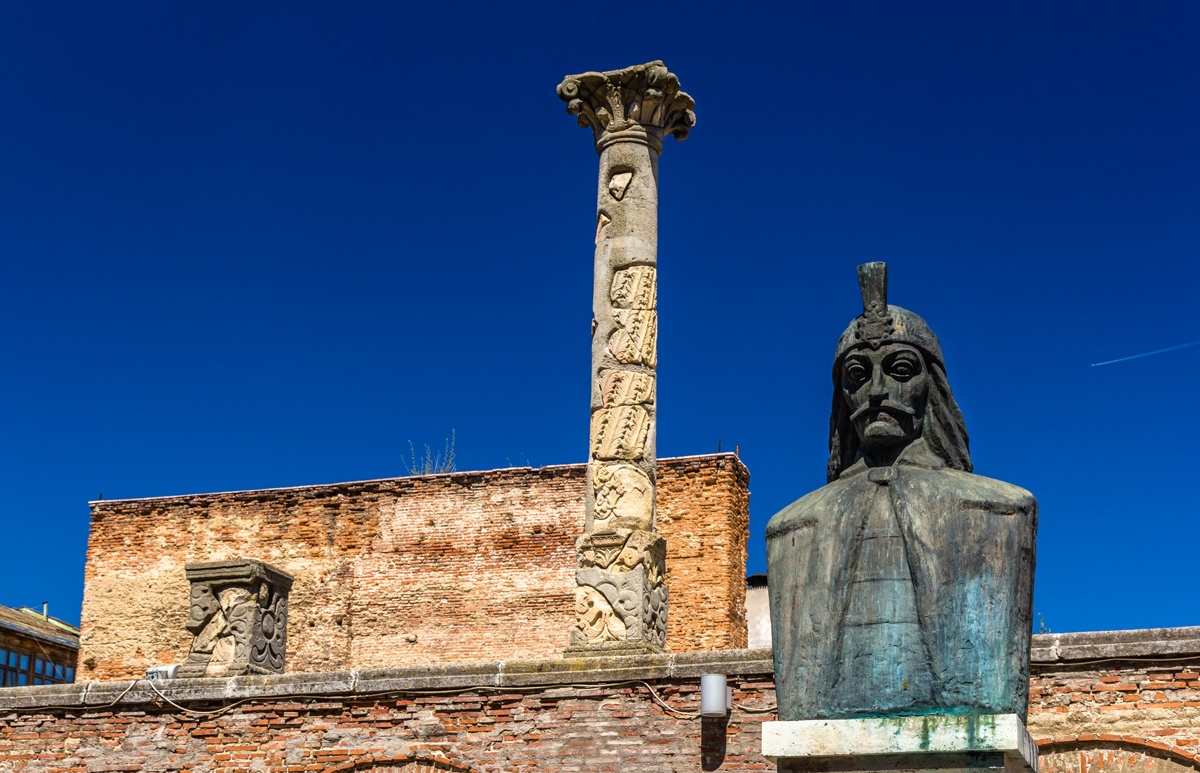
Scorched earth tactics
In 1462, Sultan Mehmed II launched a major offensive against Wallachia with an army of some 150,000 men. Vlad retreated northward and applied scorched earth tactics, leaving behind a trail of devastation and impaled corpses. On June 17 he attempted to assassinate the sultan in his camp, but failed. He finally had to flee in the face of the Ottoman advance and his brother Radu took the throne.
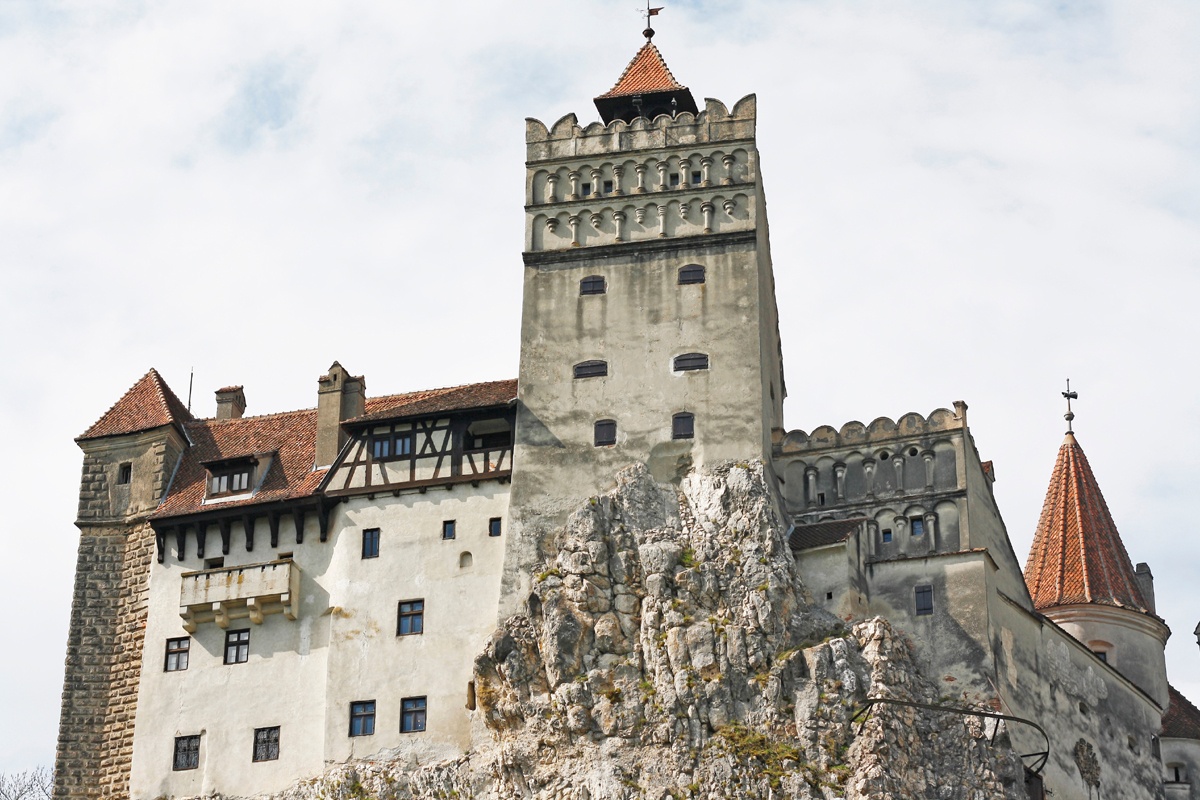
He was killed during a battle against the Ottomans
Vlad took refuge in Hungary, where he was imprisoned by King Matthias Corvinus on charges of treason. He was released in 1474 and married a niece of the king. In 1476 he briefly regained the throne of Wallachia with the support of Stephen III of Moldavia, but was killed shortly thereafter in a battle against the Ottomans. His head was sent to the sultan as a trophy.
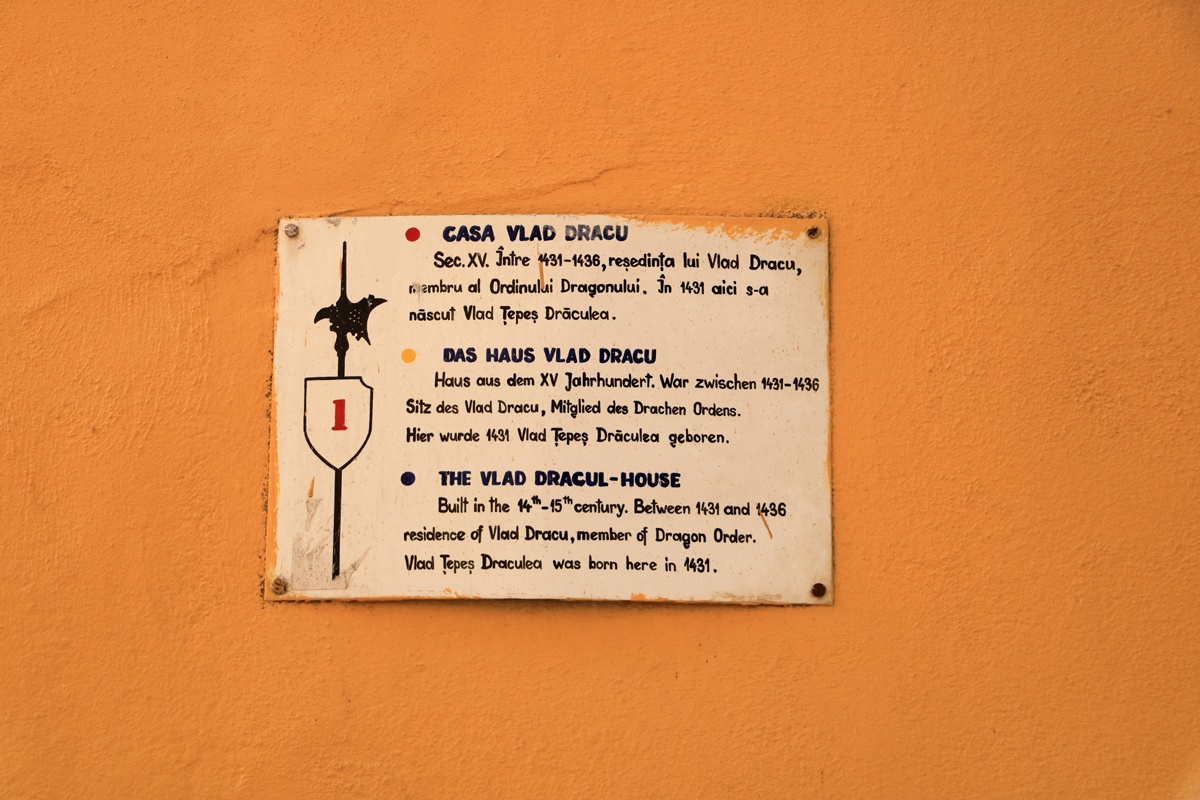
Symbol of cruelty and resistance
His figure became legendary as a symbol of cruelty and resistance. In the 19th century, the Irish writer Bram Stoker was inspired by him to create the character of Dracula, the famous vampire that has given rise to numerous literary and cinematographic works.






